Sigma 35mm f1.4 DG DN (A) Sony-E
Superior optical performance and handling improvements bring one of the most popular focal lengths up to date.
With the 35mm F1.4 DG DN Art, Sigma has reinterpreted a popular theme and modernized it with a design calculated for mirrorless systems and all the latest Sigma technologies.
Although the Sigma 35mm F1.4 DG DN Art remains significantly smaller and lighter than the existing 35mm F1.4, on the one hand it draws sharply to the corners of the image even at open aperture, and on the other hand it creates a creamy background bokeh; all aberrations are well corrected. The 35mm F1.4 DG DN Art is light enough to form a well-balanced combination with a compact mirrorless camera. Still, it brings a lot of professional features, such as an extremely fast autofocus, an aperture ring with disengageable detent and a possibility of locking in automatic or manual mode, as well as a configurable AFL button. This makes it just as suitable for professional use as it is as an always-on lens for occasional outings, and it lends itself to video recording as well as photography.
Outstanding imaging performance in a compact package
The most important design goal in the development of the 35mm F1.4 DG DN Art, as with all lenses in the Art series, was outstanding imaging performance. Fifteen optical elements in 11 groups are responsible for this performance. The correction of color errors caused by the different refraction of light depending on the wavelength (the so-called dispersion) is achieved by two lenses with special low dispersion (SLD), one lens with extremely low dispersion (ELD), one lens with fluorite glass-like dispersion (FLD) and two aspheres.
The combined effect of the optical design and the special types of glass results in an effective reduction of all aberrations, including chromatic aberration, which cannot be corrected in the camera after the fact. Despite the high F1.4 speed, the coma itself remains low at open aperture, which recommends the lens for astrophotographers - this tail-like distortion of bright points of light would be particularly distracting in photographs of the starry sky. Due to the 11 rounded aperture blades, which ensure rounded out-of-focus circles even when stopped down, the bokeh always remains pleasantly soft and makes the sharply imaged subject plane stand out all the better. In backlit situations, Sigma's stray light and ghosting prevention technologies prevent misdirected light rays from compromising contrast in low-light conditions.
Fast and quiet autofocus
To focus the Sigma 35mm F1.4 DG DN Art, only a single lens element is moved by a stepper motor. The low mass of the focusing element makes it respond quickly, quietly, and without delay to any desired change in focus, allowing smooth tracking of focus on moving subjects. Manual focus is precise, but the focus ring also exhibits the resistance needed for smooth, jerk-free focus shifts when shooting video. Of course, the focus mode can be switched directly with a slider on the lens.
Professional features
The aperture of the Sigma 35mm F1.4 DG DN Art is controlled by an aperture ring - or by the camera's automatic system if the aperture ring is set to the "A" automatic setting. Either way, a lock prevents you from inadvertently switching between automatic and manual modes. Especially for videographers, there is an option to turn off the aperture lock, which allows for continuous exposure control via aperture. The AFL button can be configured in its function via the camera menu, provided that the camera model used supports this. The AFL button, like the slider for selecting the focus mode, is ergonomically positioned for easy thumb operation.
In use, the 35mm F1.4 DG DN Art proves to be exceptionally robust, so that it can easily withstand professional use. The splash-proof and dust-proof design with seals on all controls and the interfaces of moving parts as well as a sealing lip on the bayonet protects the lens against the elements, and the water- and oil-repellent coating on the front lens ensures that imaging performance remains undiminished even under adverse conditions.
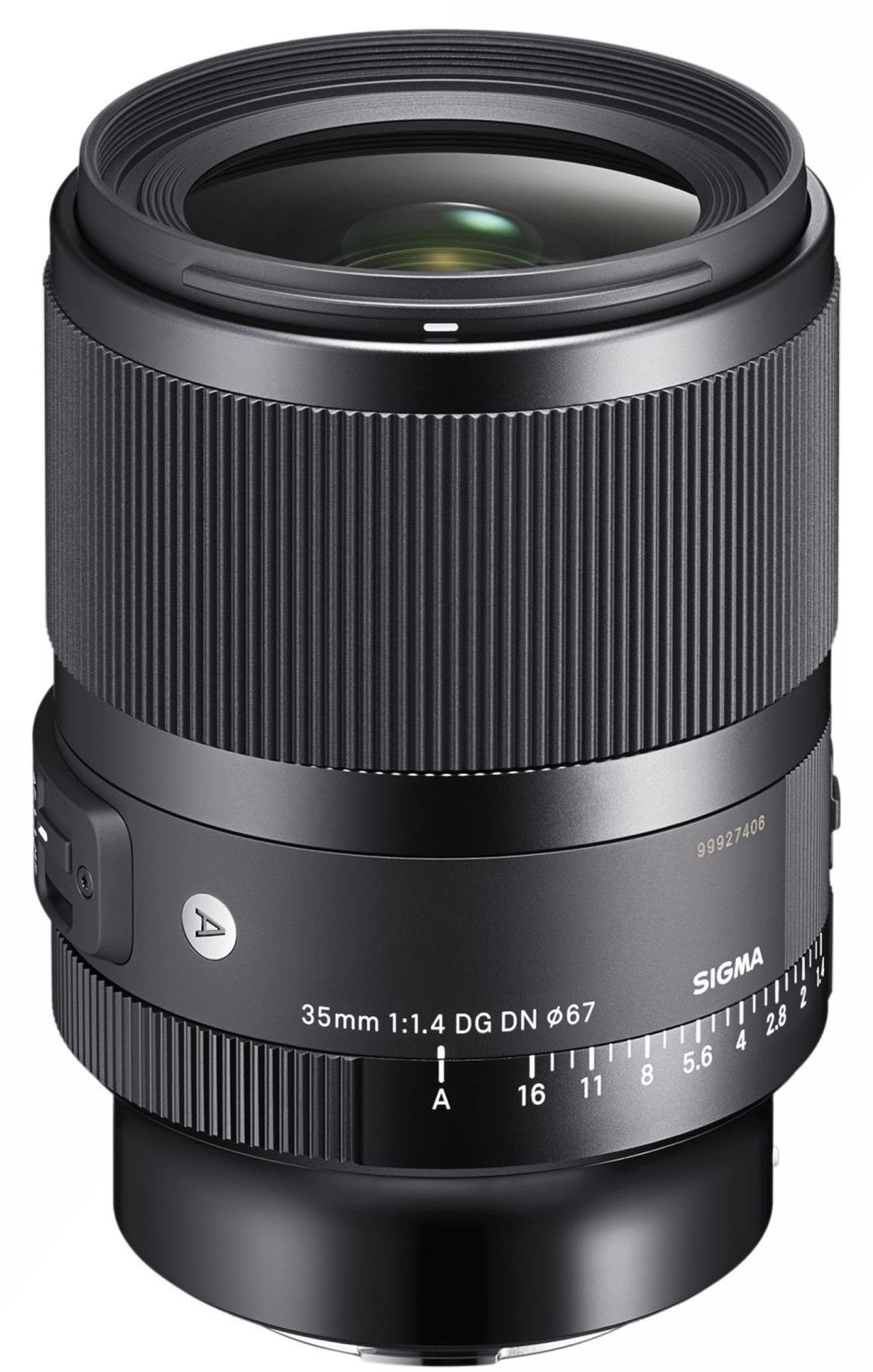
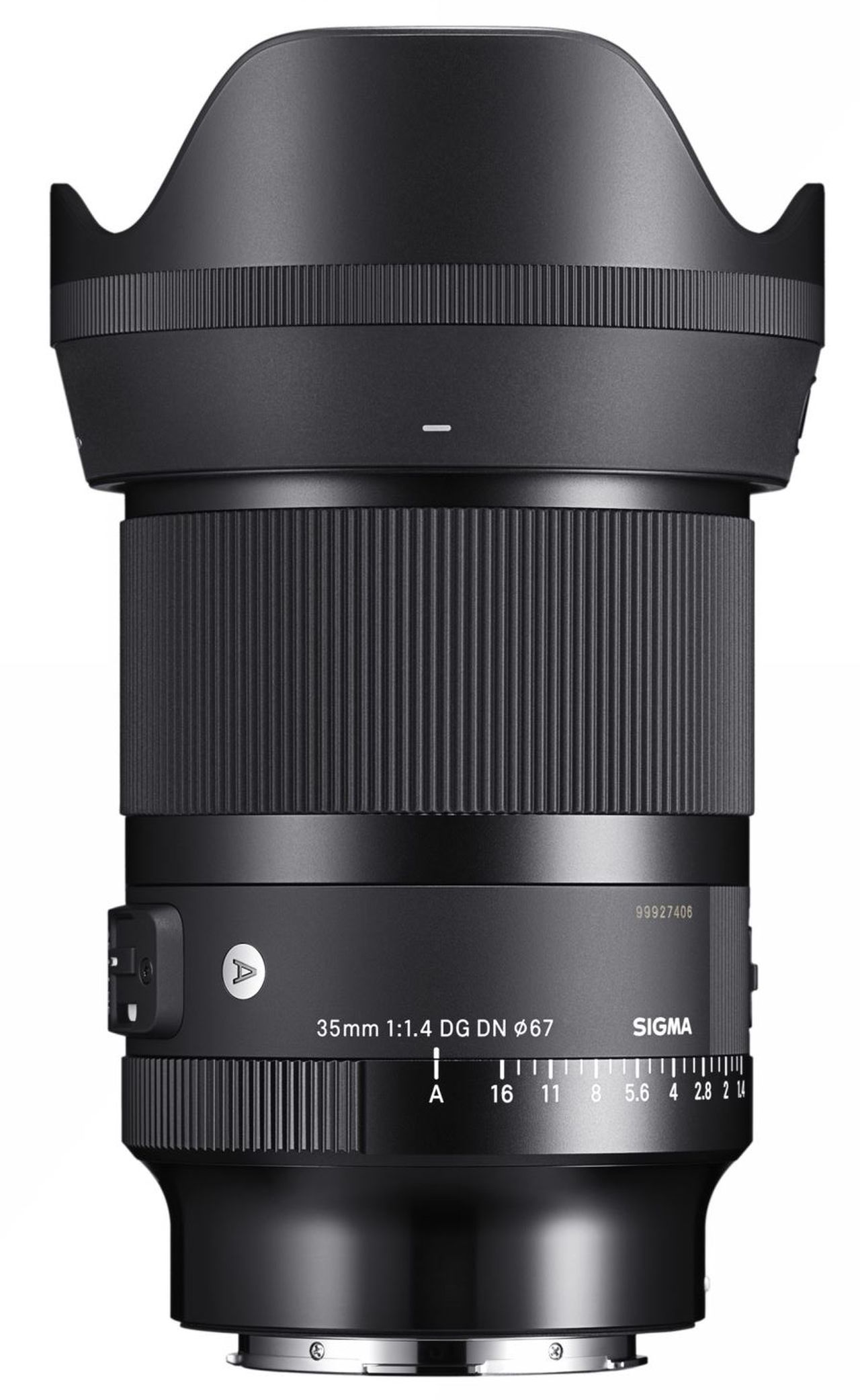
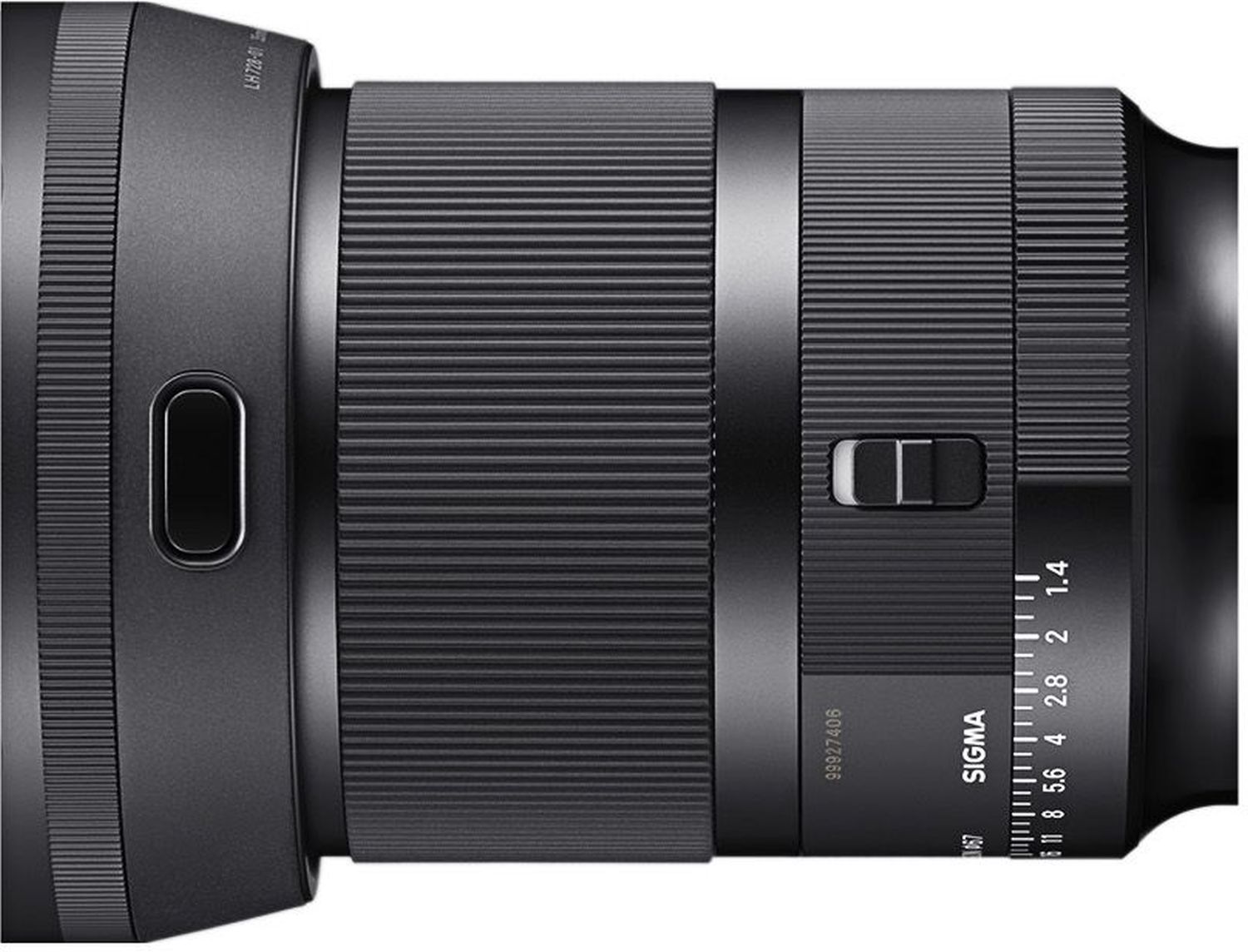
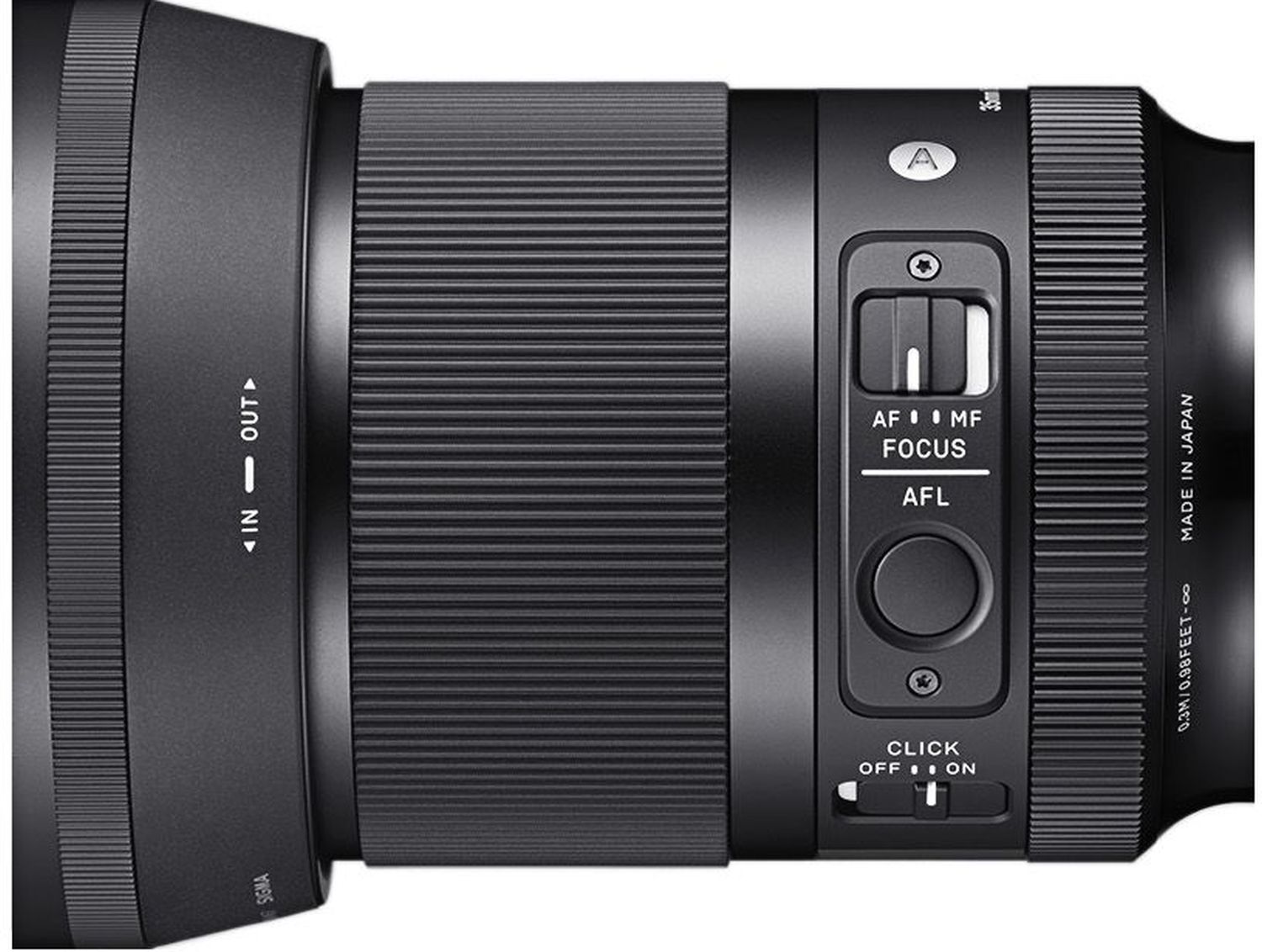
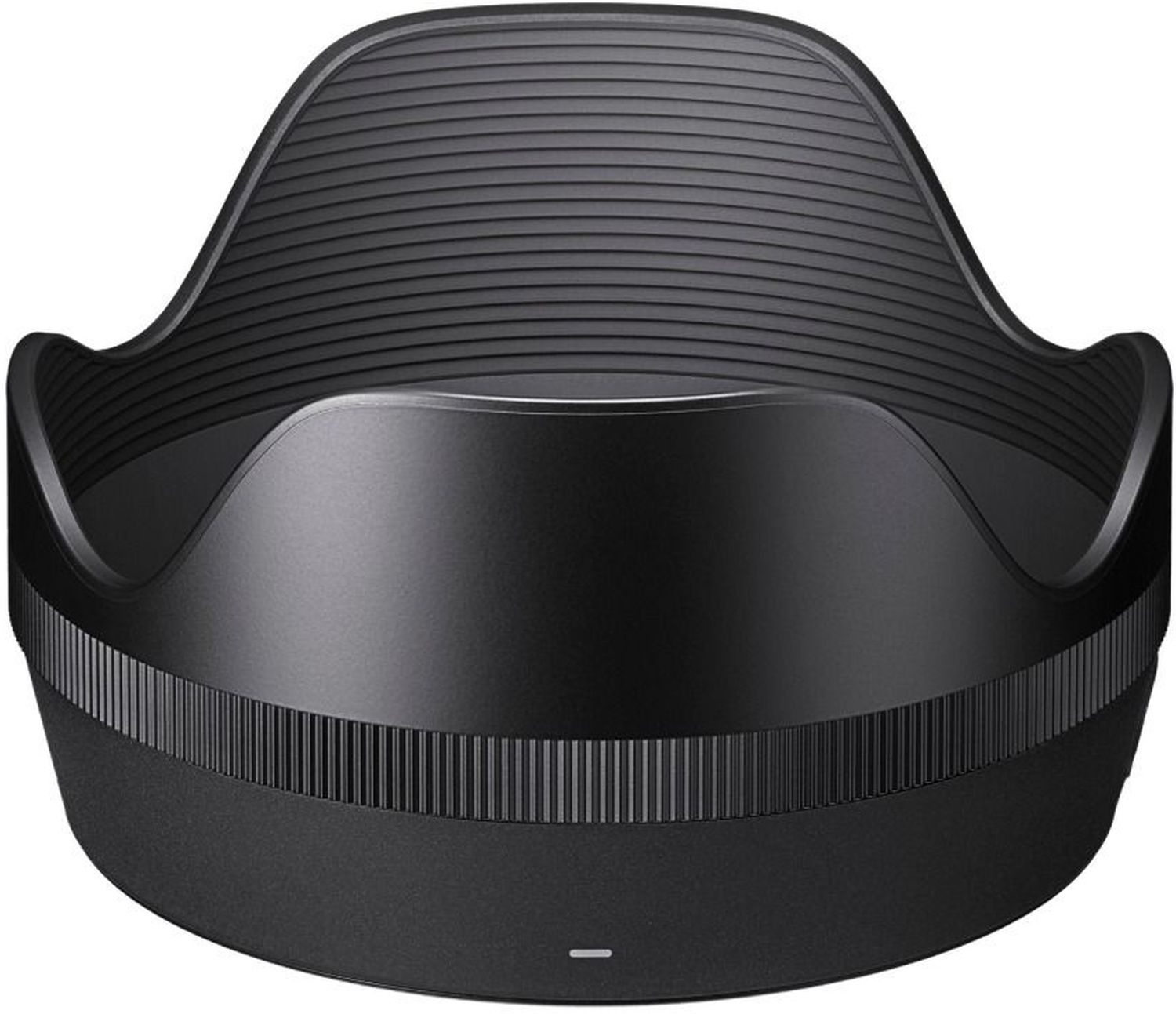

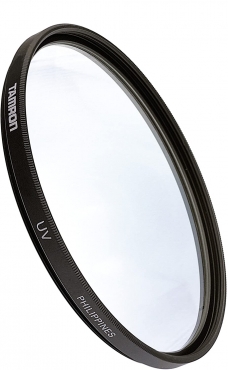
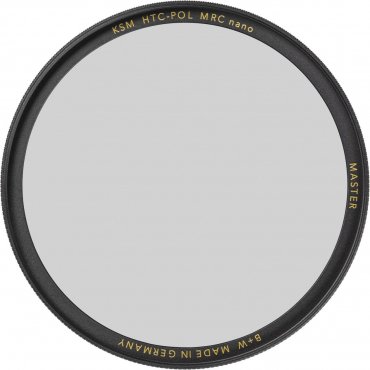
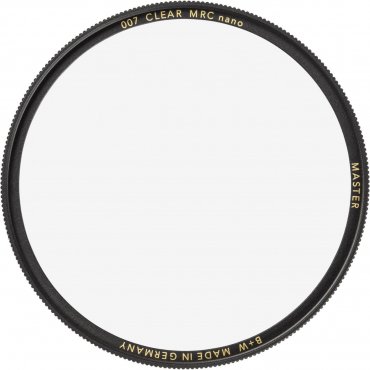

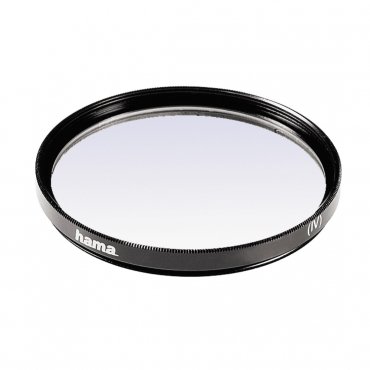

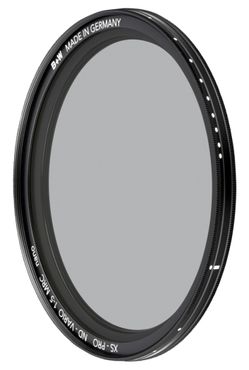
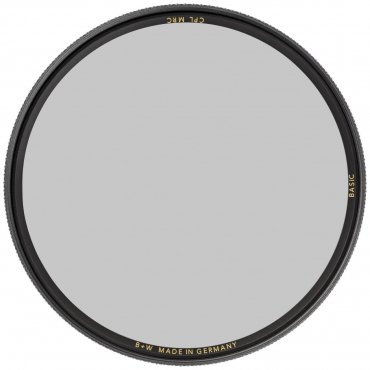
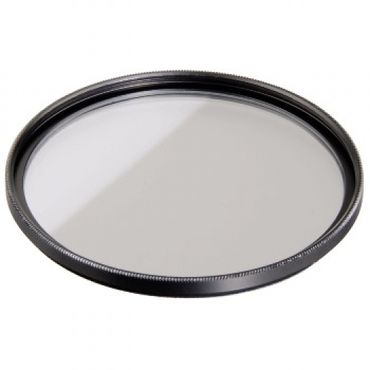
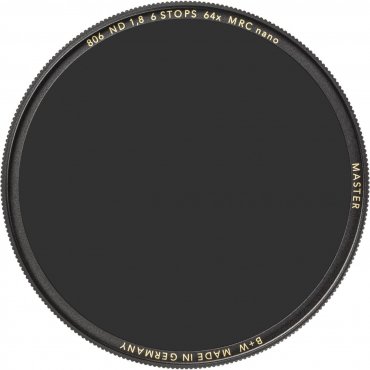
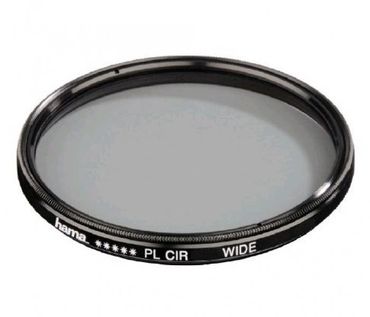
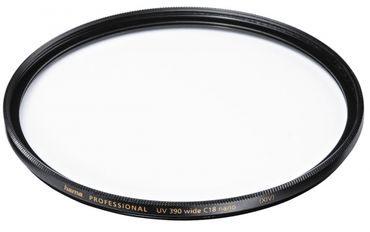
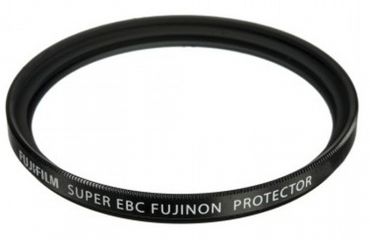
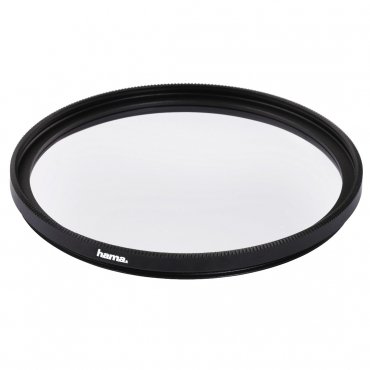
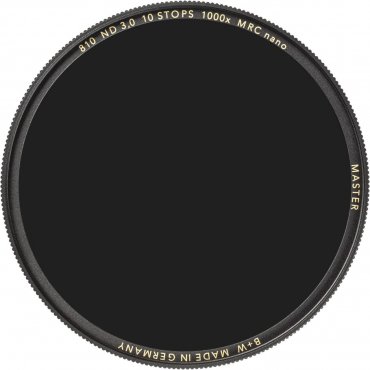

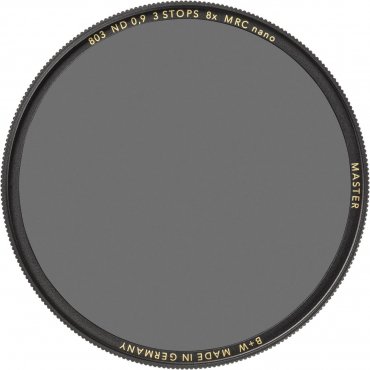
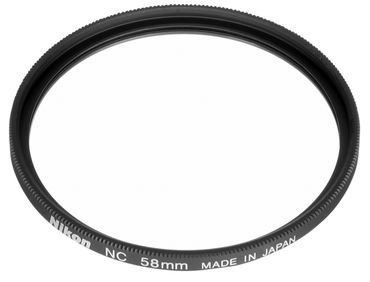
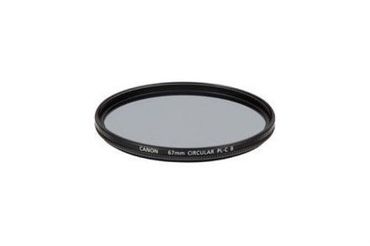
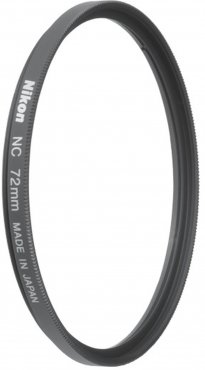

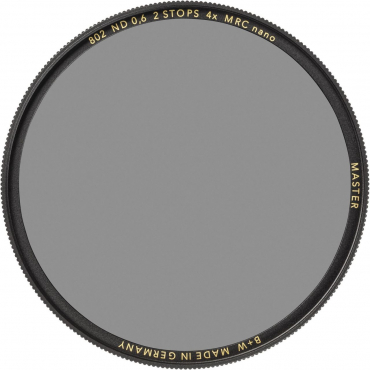


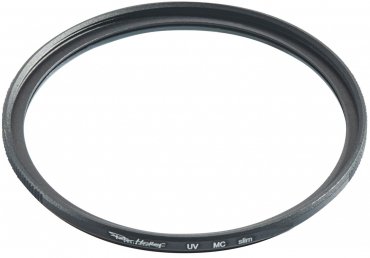
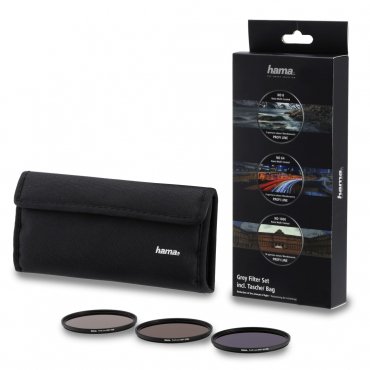


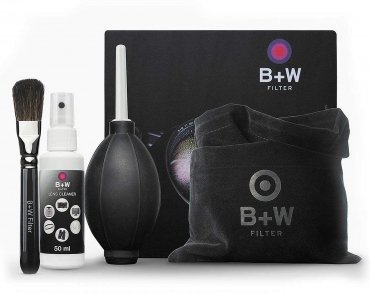










Simply subscribe and benefit as a newsletter recipient every week: